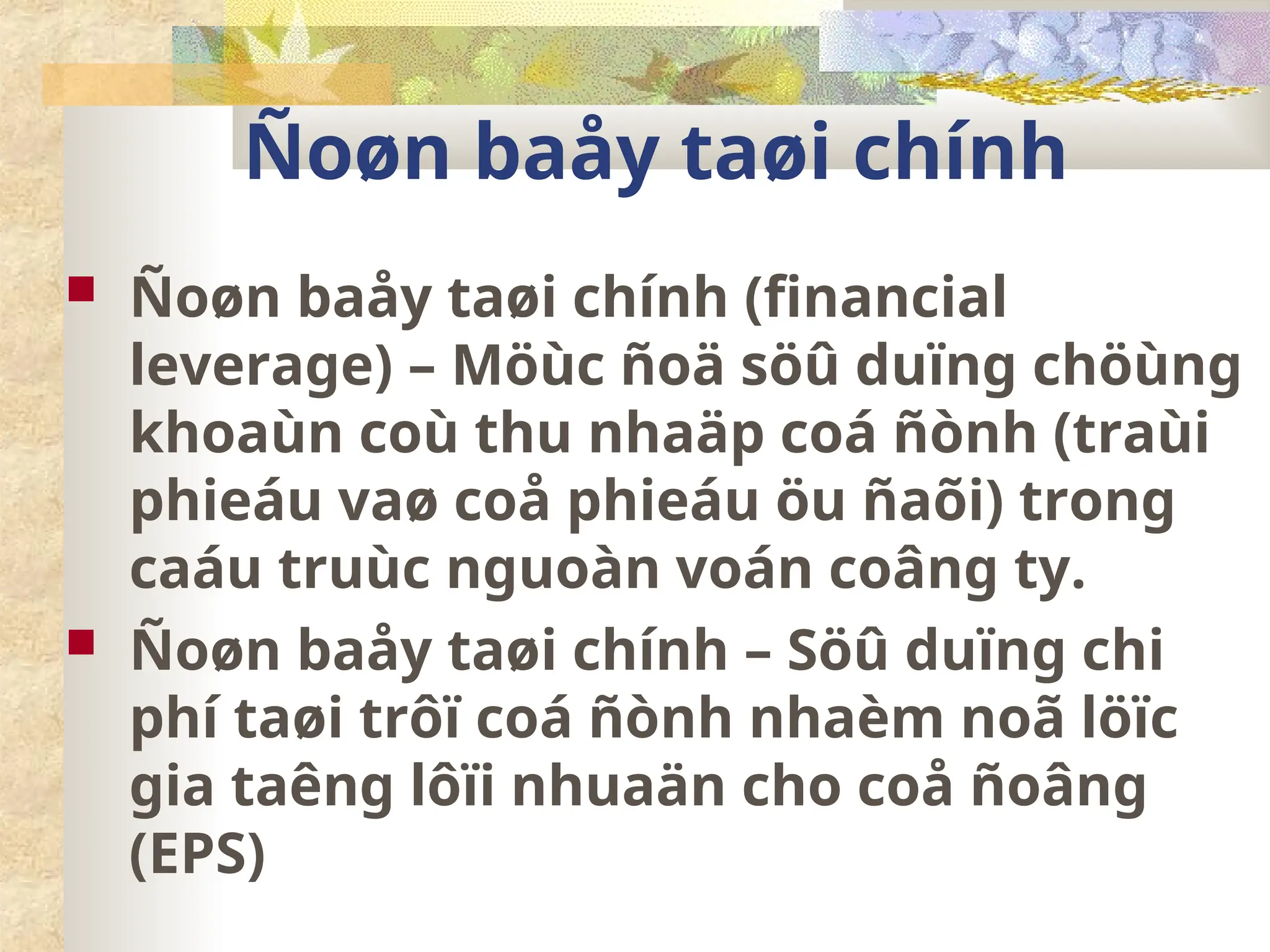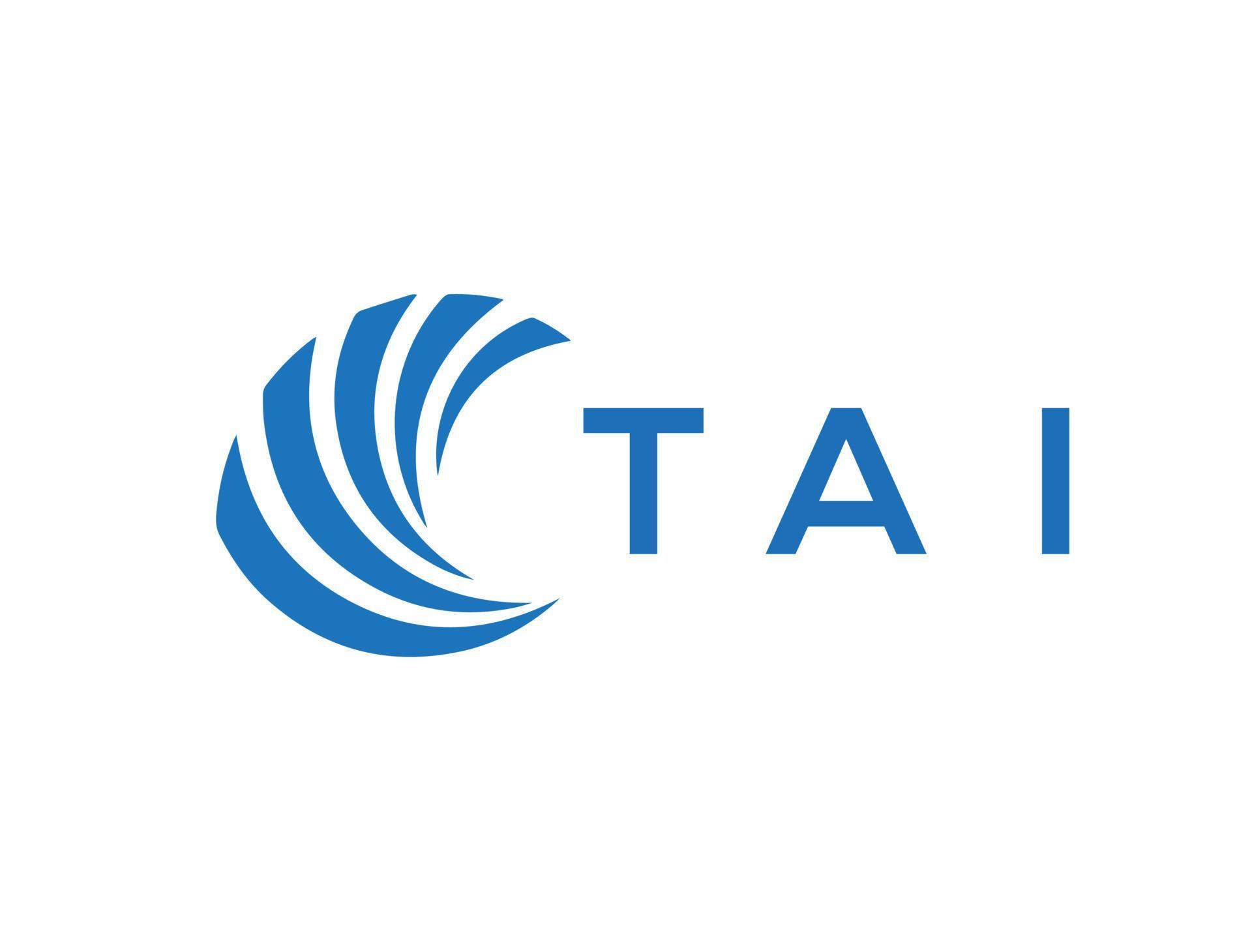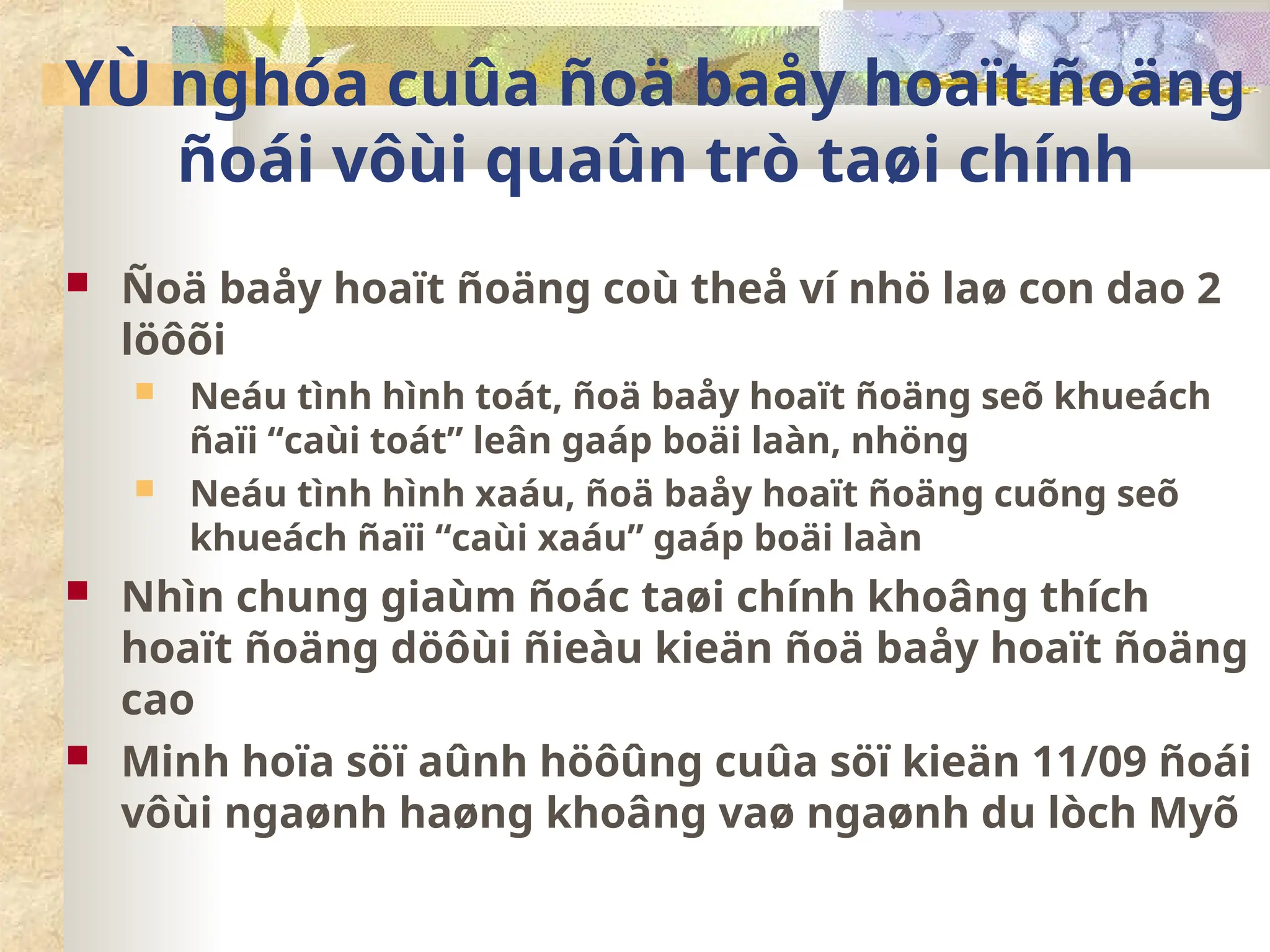It originated in 17th-century China and emerged in the Chen family of Chenjiagou (Henan Province) during the Ming Dynasty. Besides, another mythical origin story attributes Tai Chi to the Taoist monk Zhang Sanfeng, who allegedly inspired its soft techniques after observing a crane and snake in combat. Countless Tai Chi masters and instructors worldwide have dedicated their lives to preserving, teaching, and promoting Tai Chi. While it’s impossible to name them all, their collective efforts have been crucial in making Tai Chi accessible to millions of practitioners globally. Tai Chi has been a subject of extensive research and practice, and its development and popularization owe much to the efforts of numerous individuals and organizations. This section acknowledges the key contributors to the field of Tai Chi and its integration into modern health practices.
The meditative aspects of tai chi help lower cortisol levels and promote relaxation. Characterized by smaller, more compact movements and a focus on internal energy. “It’s [generally, for most people] an unusual mix of feeling deeply relaxed and very awake, present, and invigorated,” says Wayne.
Studies have shown that a regular tai chi practice helps improve strength of the heart and durability of the blood vessels and other bodily tissues. It also helps lower inflammatory responses caused by an overactive autonomic nervous system. Tai chi moves can also improve both lower-body strength and upper-body strength simultaneously, even comparably to other forms of gentle resistance-training, such as yoga or using bands and light cables.
The Benefits of Tai Chi
But historians agree that tai chi started as a martial art in ancient China. Whether you’re looking to reduce stress, improve balance, or simply try something new, Tai Chi provides a gentle yet powerful path to wellness. If your goal is to deepen your practice, consider exploring the philosophical roots of Tai Chi, such as the principles of Yin and Yang, Qi (life energy), and Taoist or Daoist teachings. Having a greater understanding of these concepts can enrich your experience and give more meaning to each movement. Joining a group class can also provide encouragement, structure, and a shared community that allows for learning from each other. Even though tai chi is considered one of the safer forms of physical fitness, it’s still a good idea to talk with your doctor before trying something new, especially if you have any https://finance.yahoo.com/news/madmuscles-review-fitness-trends-2025-120000890.html existing medical conditions.
Learning from common tai chi mistakes can accelerate your progress and prevent the development of bad habits. Here are the most frequent errors beginners make and practical solutions. Tai chi breathing should be natural, deep, and coordinated with your movements.
{ |}
|}
However, one-time purchases provide no ongoing support or community interaction that tai chi development often requires. Mizner’s approach challenges modern expectations of instant access and rapid progression. The weekly release schedule forces students to practice each lesson thoroughly before moving forward. This traditional “gongfu” mentality directly opposes the binge-learning culture of most online education platforms. The academy’s approach acknowledges the inherent challenges of learning internal arts remotely.
- {
- In the art of Tai Chi Chuan we also learn to experience, often on a very deep level, the on-going changes from Yin to Yang and Yang to Yin.
- Tai chi instructors don’t have to be licensed, and the practice isn’t regulated by the Federal Government or individual states.
- The best and probably the only way to find out how good tai chi is, is to try it.
- Meditation in motion has many other health benefits, from improved sleep quality and enhanced immune system to stronger physical health.
- Discover Taiji by Adam Mizner offers a free introductory video that introduces his internal arts philosophy.
- Tai Chi traces its origins back to ancient China, where it evolved as a sophisticated martial art deeply influenced by traditional Chinese philosophy, particularly Daoism.
|}{
|}
{
|}
The time duration, weekly frequency, and total weeks of tai chi sessions varied among the included studies. However, the authors said the studies were of poor quality and had many differences among them, warranting more research to confirm the conclusions. Another 2021 review, which included 11 studies and 603 participants, found that tai chi had a positive effect on improving walking function and posture control in older adults with knee osteoarthritis.
What’s the difference between tai chi and yoga?

Starting a home practice of Tai Chi may seem daunting at first, but with patience and persistence, anyone can embrace this beautiful art form. Not only will you cultivate physical strength and flexibility, but you’ll also develop mental clarity and tranquility along the way. Tai chi evolved with the philosophies of Daoism and Confucianism, eventually becoming a mind-body practice, according to the Smithsonian. Luckily, once I jumped back into the movement, within a few breaths, I felt my heart rate calm and my shoulders relax down my back again.

Health Products
{ |}
|}
Unlike short movements, the 108 movements require patience and self-discipline, guiding the practitioner through smooth transitions that reflect the cyclical laws of the universe. This part introduces the basic exercises of Tai Chi for beginners, how to learn Tai Chi at home for free, and how often Tai Chi is suitable for practice. Roll your shoulders forward and backward in a circular motion, focusing on relaxing any tension in the shoulders and upper back. These individuals, among many others, have been instrumental in validating Tai Chi’s health benefits through rigorous scientific research. This multifaceted approach contributes to Tai Chi’s effectiveness in promoting overall health and well-being. Practitioners often report improvements not only in their physical condition but also in their mental and emotional states.
Comprehensive Monthly Subscription Programs for Home Tai Chi Practice
Often called “meditation in motion,” tai chi has evolved from a martial art into a gentle form of exercise that’s perfect for people of all ages and fitness levels. Tai Chi, or Taijiquan, combines slow, flowing movements with deep breathing and mental focus. Originally a martial art, it’s now widely practiced for stress relief, balance improvement, and flexibility. The term Tai Chi means “supreme ultimate fist,” reflecting its harmony of opposites (yin and yang). Most Western scientific studies have focused on the exercise element of tai chi chuan, rather than the practices’ spiritual aspects.
{
What’s the best time to do Tai Chi?
|}
There are long and short versions of the tai chi form as well as forms that involve weapons. It has its origins in China with fighting and self-defense designed for the military and religious monks alike. Therefore it’s a martial art but most practitioners study it today in a non-competitive way. Whether you’re looking to improve your balance, reduce stress, ortransform your health in just 15 minutes, tai chi can help you achieve your goals.
{
Improved cardiovascular health
|}
Health and wellness programs strip away complex martial applications to focus on therapeutic movement patterns. Dr. Paul Lam’s medical approach targets specific conditions like arthritis, diabetes, and balance disorders with research-backed modifications. These programs work brilliantly for seniors or people with chronic conditions but bore martial arts students seeking combat applications. You won’t learn to defend yourself, but you might reduce your fall risk by 40%. One peer-reviewed study compared Tai Chi interventions to usual care or other exercises in people with chronic health conditions.
In some cases, Tai Chi is even used as a form of physical therapy for rheumatoid arthritis, knee osteoarthritis, and other chronic conditions. Tai Chi can be compared to fast walking and resistance training when practiced regularly. Although you aren’t working with weights or resistance bands, the unsupported arm exercise in Tai Chi strengthens your upper body. Tai chi during pregnancy may help with blood circulation, balance, coordination, strength, relaxation, and mental health, but research in these areas is needed.